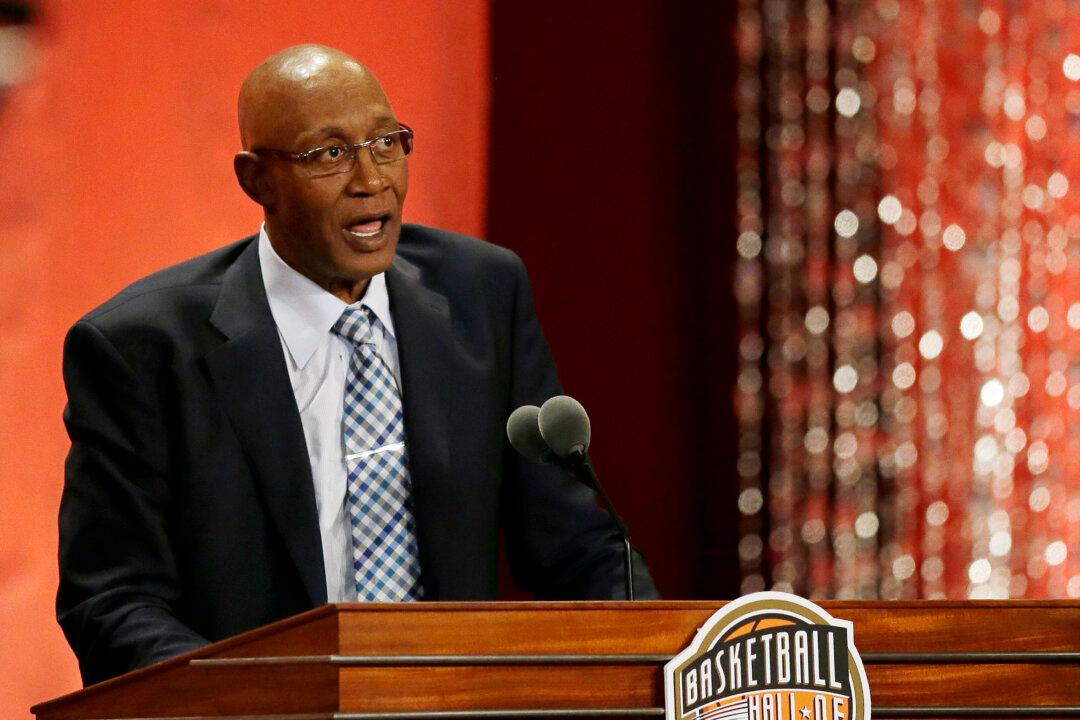INDIANAPOLIS—George McGinnis spent his teenage years sneaking into Pacers games at the Indiana State Fairgrounds.
He finished his Hall of Fame career as one of the most popular, revered, and decorated basketball players in Pacers history.

INDIANAPOLIS—George McGinnis spent his teenage years sneaking into Pacers games at the Indiana State Fairgrounds.
He finished his Hall of Fame career as one of the most popular, revered, and decorated basketball players in Pacers history.